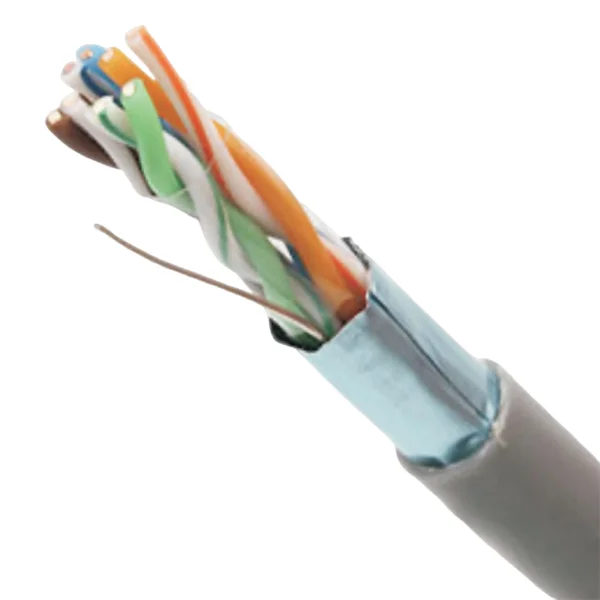Unveiling the Signs: How to Identify a Damaged PCB Board
3 min readPrinted Circuit Boards (PCBs) are the backbone of modern electronic devices, serving as the foundation for electrical connections and component integration. However, like any other component, PCBs can suffer from damage due to various factors such as environmental conditions, manufacturing defects, or operational stress. Understanding what a damaged PCB board looks like is crucial for technicians, engineers, and hobbyists alike, as it can significantly impact the performance and reliability of electronic systems. In this article, we will explore the common signs of PCB damage, the underlying causes, and the implications for device functionality.
- Visual Inspection: The First Line of Defense
The first step in diagnosing PCB damage is a thorough visual inspection. Here are some key indicators to look for:
a. Physical Deformations
One of the most apparent signs of PCB damage is physical deformation. This can manifest as warping, bending, or cracking of the board. Such deformations often occur due to thermal stress or mechanical impact. A warped PCB can lead to misalignment of components, resulting in poor electrical connections.
b. Burn Marks and Discoloration
Burn marks, often appearing as dark spots or charred areas, are indicative of overheating. This can be caused by excessive current flow or short circuits. Discoloration, particularly yellowing or browning of the board, can also signal thermal damage. These signs are critical as they can compromise the integrity of the PCB and its components.
c. Corrosion and Oxidation
Corrosion is another common issue, especially in PCBs exposed to moisture or harsh chemicals. Look for green or white residues on the surface, which may indicate oxidation of copper traces. Corrosion can lead to increased resistance and eventual failure of electrical connections.
- Electrical Testing: Beyond the Surface
While visual inspection is essential, it is not always sufficient to identify all types of damage. Electrical testing can provide deeper insights into the condition of a PCB.
a. Continuity Testing
Using a multimeter, continuity testing can help identify broken traces or connections. A lack of continuity in critical pathways can indicate damage that may not be visible to the naked eye. This is particularly important in multilayer PCBs, where internal layers may be compromised.
b. Insulation Resistance Testing
Insulation resistance testing can reveal issues related to dielectric breakdown. A low insulation resistance reading can indicate that moisture or contaminants have penetrated the board, leading to potential short circuits.
c. Signal Integrity Analysis
For high-frequency applications, signal integrity is paramount. Analyzing the signal quality can help identify issues such as reflections or attenuation, which may be caused by damaged traces or improperly functioning components.
- Common Causes of PCB Damage
Understanding the causes of PCB damage can aid in prevention and maintenance. Here are some prevalent factors:
a. Thermal Stress
Excessive heat can lead to thermal expansion, which may cause solder joints to crack or components to detach. Proper thermal management is essential to mitigate this risk.
b. Mechanical Stress
Mechanical stress from handling, installation, or vibration can lead to physical damage. Using appropriate mounting techniques and protective enclosures can help reduce this risk.
c. Environmental Factors
Humidity, dust, and chemical exposure can contribute to corrosion and degradation of PCB materials. Implementing protective coatings and ensuring proper environmental controls can enhance PCB longevity.
- Implications of Damaged PCBs
The implications of a damaged PCB can be far-reaching. Performance issues, such as intermittent failures or complete device malfunctions, can arise. In critical applications, such as medical devices or aerospace systems, PCB failures can lead to catastrophic consequences. Therefore, timely identification and remediation of PCB damage are vital.
Conclusion
Identifying a damaged PCB board requires a combination of visual inspection and electrical testing. By understanding the signs of damage and the underlying causes, technicians and engineers can take proactive measures to ensure the reliability and performance of electronic devices. Regular maintenance and adherence to best practices in PCB design and handling can significantly reduce the risk of damage, ultimately leading to enhanced device longevity and functionality.

